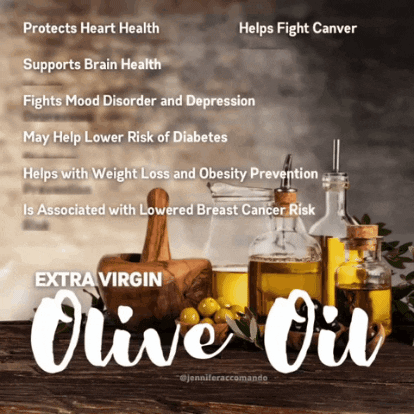Have you ever stood in front of the cooking oil section at a grocery store, feeling puzzled:
Should I try this fancy-looking avocado oil or stick to the coconut oil my mum used to have? Is there such a thing as a good and healthy cooking oil?


When you choose the right cooking oil, your meals will taste better.
The Essentials
Smoke Point
You need to know the temperature at which the oil stops shimmering and starts burning and smoking.
If the oil is heated past its smoke point, you'll damage its flavor, destroying many of the nutrients in the oil and releasing harmful compounds (a.k.a. free radicals) at the same time.
Heat & Taste
Choose your oil based on the temperature you'll heat it at. Some oils hold up to high heat better than others.
Pick an oil with the taste profile you're aiming for. Otherwise, use a neutral oil like canola, safflower, peanut, or corn oil.
Extraction Method
 Photo by Lucas van Oort on Unsplash
Photo by Lucas van Oort on UnsplashThe way the oil is extracted will have an effect on your cooking.
Refined, bleached, and deodorized (RBD)
Best for high-temperature cooking and frying
Made by crushing the plant to extract the oil, then extracting the crushed material with a low-boiling solvent to recover the remaining oil
Unrefined
Best for salad dressing and low-temperature cooking
Extracted mechanically with no heat from an external source, so they retain the bulk of their natural nutrients
Look for cold-pressed, unrefined, or virgin on the label
Are Some Oils Unsafe?
Extracted from ripe olives by pressing
Of the highest quality
Extra virgin olive oil has a lower smoke point (i.e., 325°F to 375°F or 165°C to 190°C)
Good for sautéing, drizzling over finished dishes, and making salad dressings and dips
Cooking with olive oil, along with other healthy diet habits like eating leafy greens, can help prevent losses in brain function as you age

More Oils To Consider
Coconut oil
 Photo by Tijana Drndarski on Unsplash
Photo by Tijana Drndarski on Unsplashlow to medium smoke point (i.e., 350°F or 175°C), and turns into a solid fat at room temperature
a great alternative for butter in most baking recipes, and also works well with chicken or sautéing veggies
Sesame oil
 Photo by Mockupo on Unsplash
Photo by Mockupo on Unsplashhigh smoke point (i.e., 350°F to 450°F or 177°C to 232°C), and a rich, nutty flavor
can be used in dressings, sauces, and moderate-heat cooking like sautéing
great for Asian cuisines
Avocado oil
 Photo by Conscious Design on Unsplash
Photo by Conscious Design on Unsplashat 520°F or 270°C, one of the highest smoke points of any oil
the best choice for super-high-temperature cooking
ideal for searing, stir-frying, grilling, roasting, and nearly any other type of cooking
has a buttery flavor as well as heart-healthy oleic acid
Canola oil
 Photo by Denes Kozma on Unsplash
Photo by Denes Kozma on Unsplashhigher smoke point (i.e., 428°F to 446°F or 220°C to 230°C), making it an excellent choice for both cooking and baking
suitable for sautéing and stir-frying meals
a healthy choice due to its low saturated fat level and high monounsaturated fat content (oleic acid)
Quiz
Xavier wants to grill steaks for dinner (over 450°F). What would be his best oil choice?
What’s The Best Way To Store Cooking Oil?
Oils will go rancid and produce hazardous chemicals when exposed to air, heat, and light.
Store in a cold, dark area, such as a cabinet, rather than on the kitchen counter
It's best to keep it in the fridge after you've opened it
Check your oil on a regular basis and discard it if it has developed an "off" odor
Take Action

Your feedback matters to us.
This Byte helped me better understand the topic.



